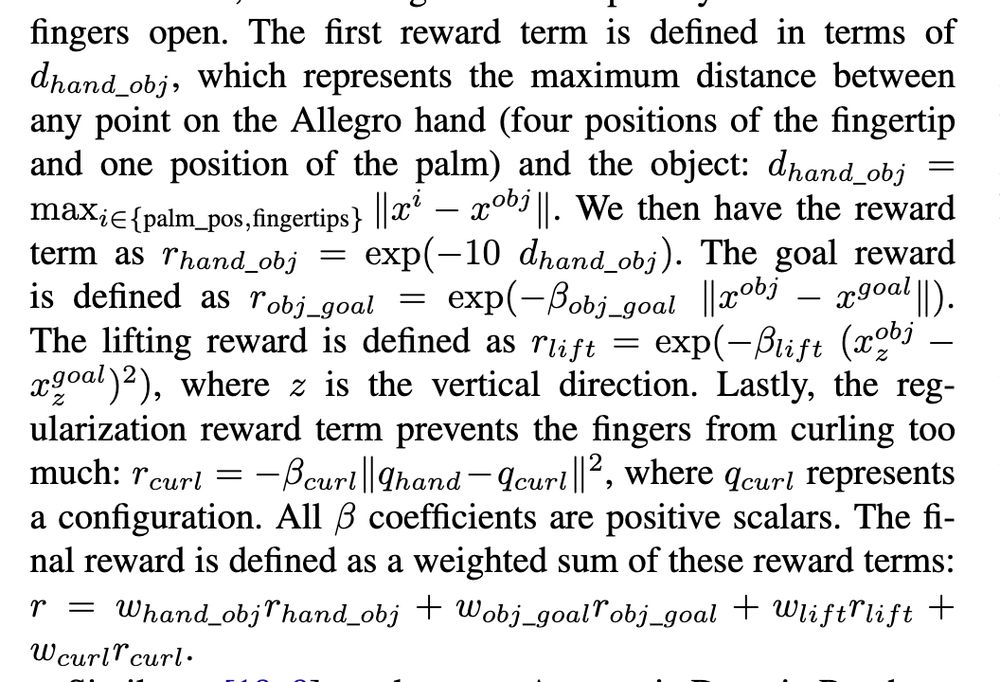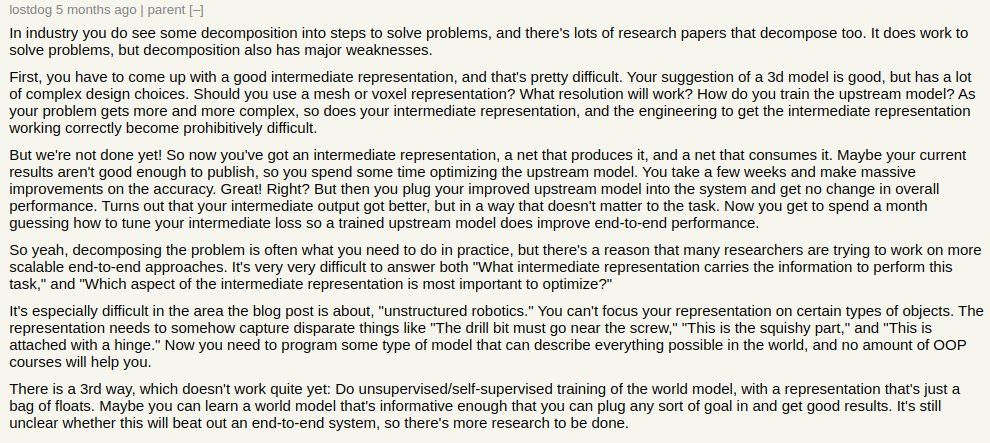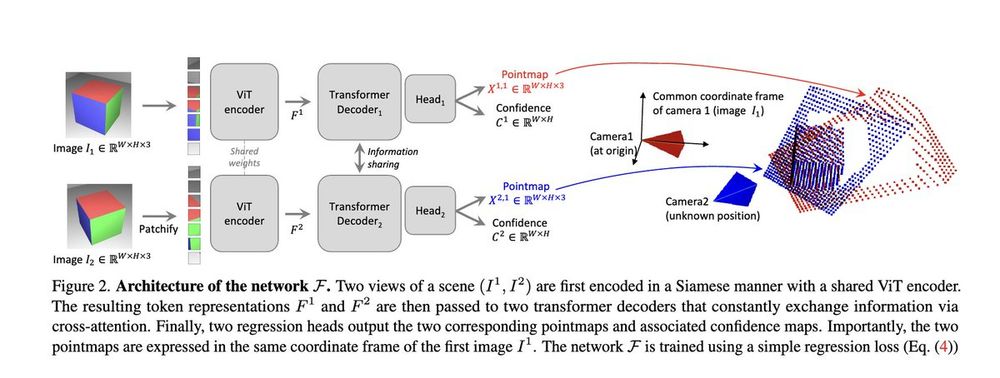We are working on improving the system and will release a tech report in a few months.
We are working on improving the system and will release a tech report in a few months.

I love this hacker news comment that I saw on twitter few years ago.

I love this hacker news comment that I saw on twitter few years ago.
.
.


ControlNets: github.com/lllyasviel/C...
ControlNets: github.com/lllyasviel/C...

